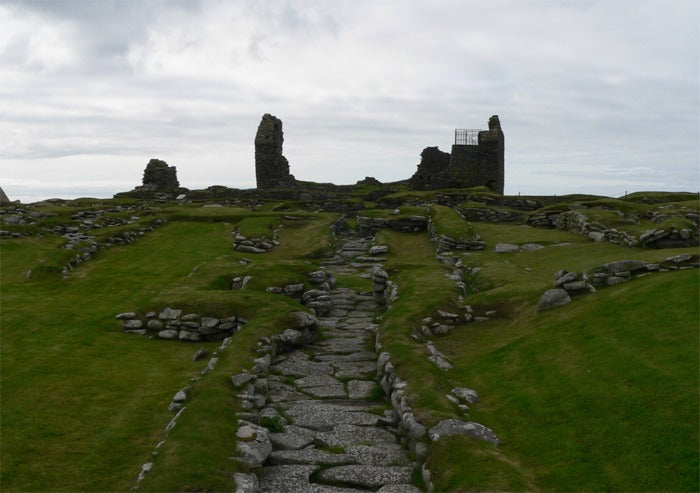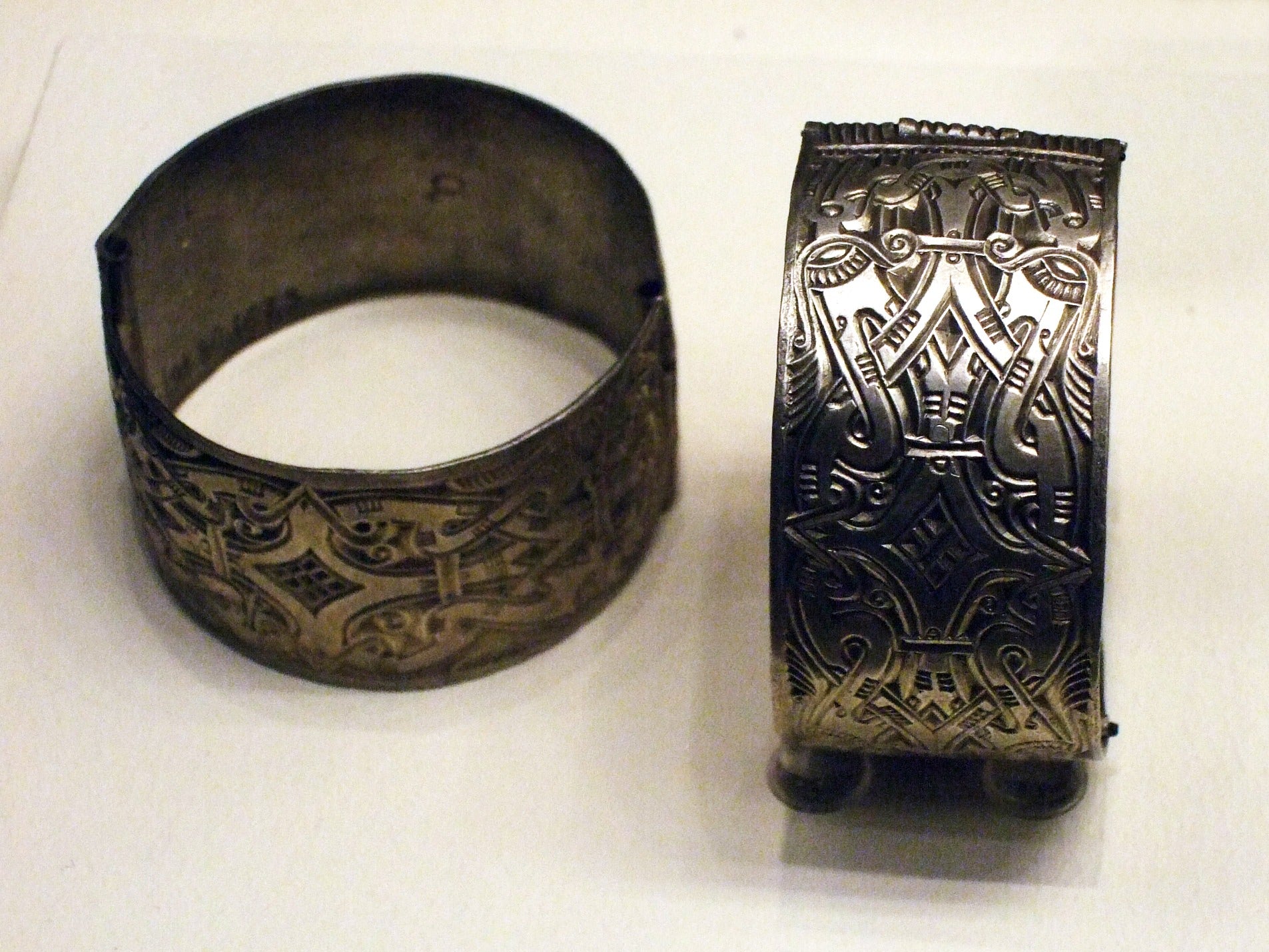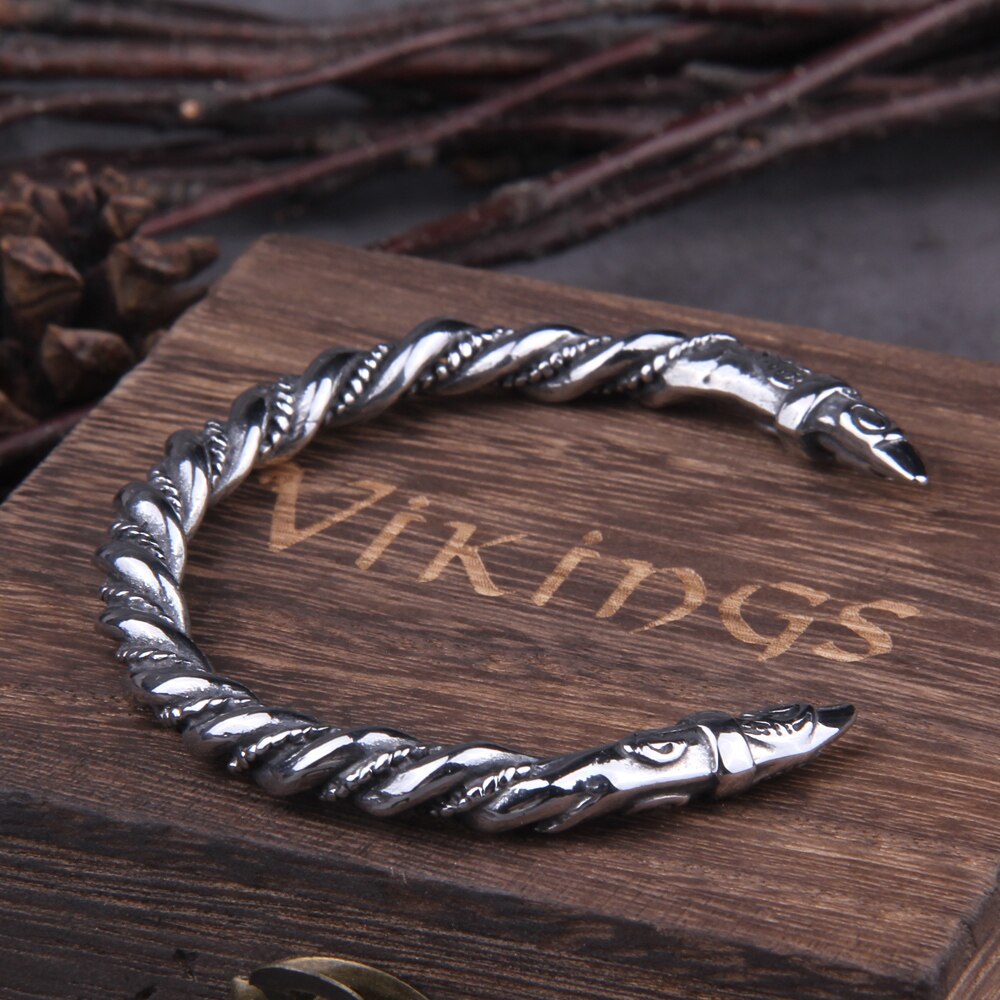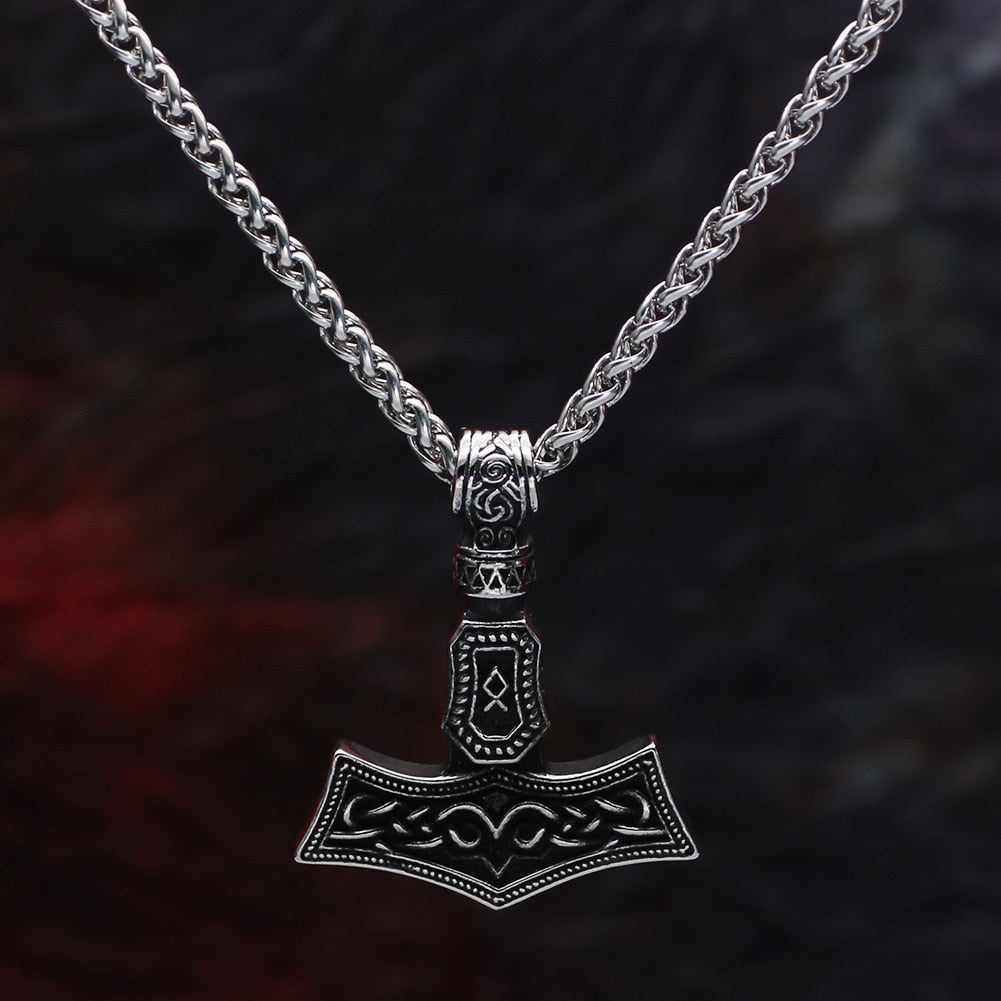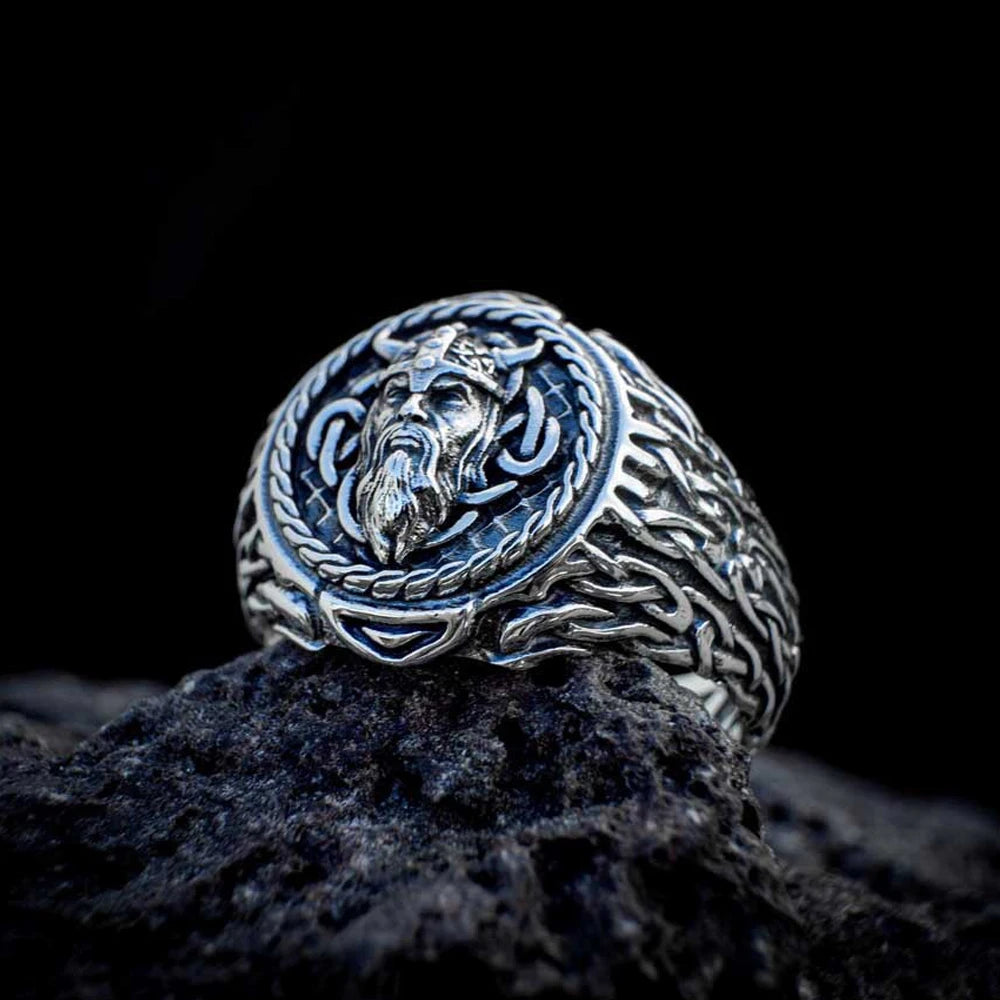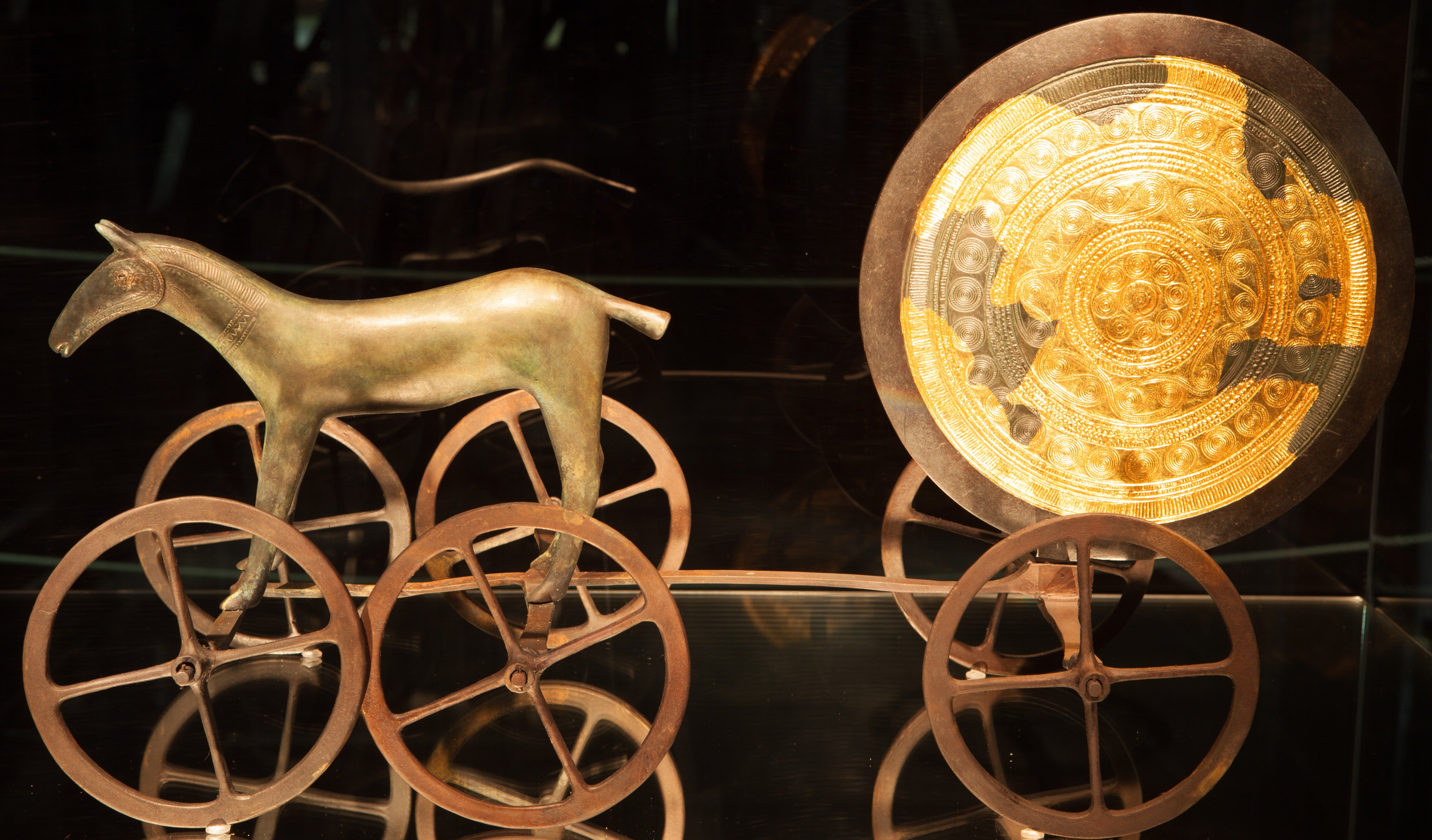
The Trundholm Sun Chariot: Bronze Age Denmark's Sacred Solar Artifact
The Trundholm sun chariot stands as one of Northern Europe's most significant Bronze Age artifacts, discovered in 1902 in Northwest Zealand, Denmark. This remarkable bronze and gold artifact, dating to approximately 1400 BCE, represents a sophisticated understanding of both metalworking techniques and religious symbolism in Bronze Age Scandinavian society.
Discovery Context: Archaeological Finding, Initial Recovery

A simple 360˚ view animation of the artifact by the National Museum of Denmark (CC BY-SA 2.5)
The artifact was discovered by farmer Frederik Willumsen while plowing his field in Trundholm bog, Northwest Zealand. The plow had scattered the pieces across the field, leading to an immediate archaeological investigation. The exact location, now known as Trundholm Mose, has become a site of significant archaeological interest.
When first discovered, the chariot was fragmented into several pieces. The complete reconstruction revealed a horse pulling a large disc, all mounted on wheels. The immediate significance of the find was recognized by the National Museum of Denmark, which undertook its preservation and study.
Physical Description: Material Composition, Artistic Elements
The sun chariot consists of a bronze horse mounted on four wheels, pulling a disc coated with gold on one side. The entire piece measures approximately 54 centimeters in length and 35 centimeters in height. The horse stands on a rod supported by four spoked wheels, while the disc is mounted on two wheels.
The disc features intricate spiral decorations on both sides, with the gold-plated side believed to represent the sun during its daily journey across the sky. The horse has been crafted with remarkable attention to detail, including distinctive features such as ears, mane, and tail.
Cultural Context: Bronze Age Society, Religious Significance
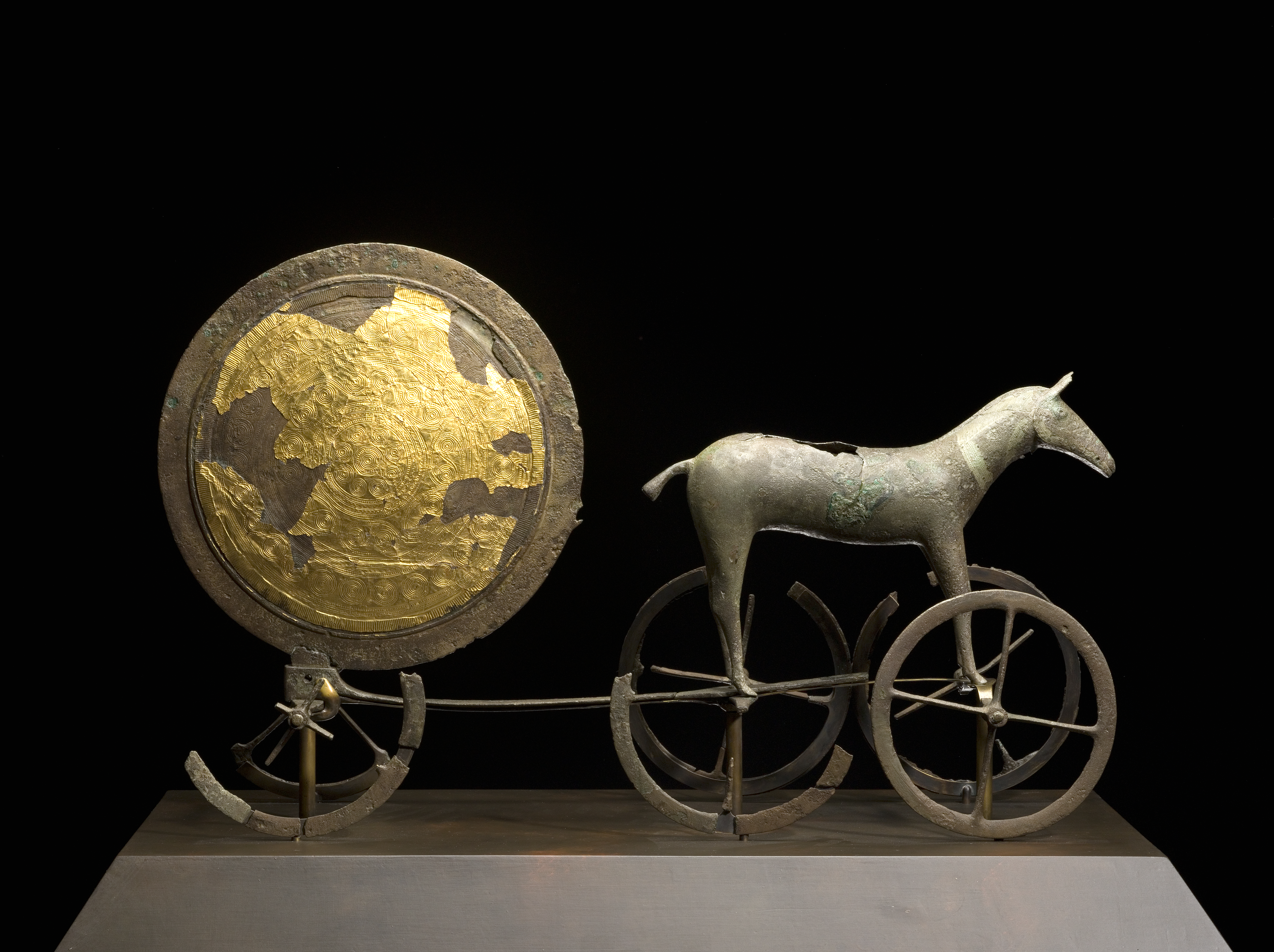
(Photo: National Museum Denmark)
During the Nordic Bronze Age (1700-500 BCE), Scandinavian society experienced significant technological and cultural advancement. The sun chariot reflects the period's sophisticated metalworking capabilities and complex religious beliefs.
The artifact is widely interpreted as representing the daily journey of the sun across the heavens. The gold-plated side of the disc represents daylight, while the plain bronze side symbolizes night, suggesting a deep understanding of celestial cycles.
Archaeological Analysis: Manufacturing Techniques, Conservation Status
Studies have revealed advanced bronze casting methods used in the chariot's creation. The gold plating on the disc demonstrates sophisticated gilding techniques, while the spoked wheels represent advanced technological understanding for the period.
The artifact has undergone careful conservation at the National Museum of Denmark. Modern analysis techniques have revealed previously unknown details about its construction and composition, contributing to our understanding of Bronze Age metallurgy.
Religious and Mythological Context: Solar Worship, Symbolic Interpretation
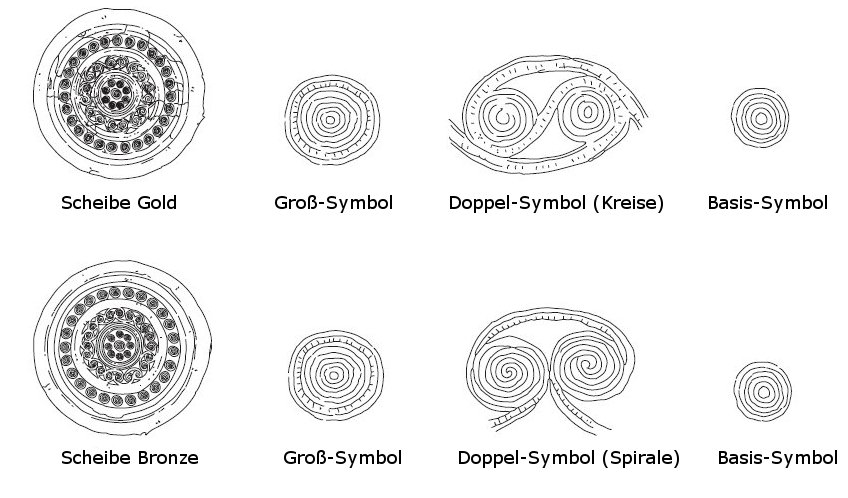
Symbols found across the sun chariot (Illustration: Skyhenge CC BY-SA 3.0)
The sun chariot provides concrete evidence of solar worship in Bronze Age Scandinavia. Its design aligns with later documented Norse mythological concepts, suggesting continuity in religious traditions across centuries.
The combination of the horse and solar disc reflects a widespread Indo-European mythological motif of the sun being drawn across the sky. This concept appears in various ancient cultures, suggesting shared religious ideas across Bronze Age Europe.
Modern Significance: Research Impact, Cultural Heritage
The Trundholm sun chariot continues to influence modern understanding of Bronze Age religious practices and technological capabilities. It serves as a crucial reference point for studies of prehistoric European metallurgy and religious symbolism.
Now housed in the National Museum of Denmark in Copenhagen, the sun chariot has become an iconic symbol of Danish cultural heritage and Bronze Age European craftsmanship.
The Trundholm sun chariot represents a remarkable confluence of Bronze Age technological skill, religious symbolism, and artistic achievement. Its discovery and subsequent study have revolutionized our understanding of Nordic Bronze Age society, demonstrating sophisticated religious concepts and advanced metalworking capabilities that challenge previous assumptions about prehistoric European civilization.
FAQs
- When was the Trundholm sun chariot discovered?
It was discovered in 1902 by farmer Frederik Willumsen in Northwest Zealand, Denmark.
- How old is the sun chariot?
It dates to approximately 1400 BCE, during the Nordic Bronze Age.
- What materials was it made from?
Bronze for the horse and disc base, with gold plating on one side of the disc.
- What was its religious significance?
It represents the daily journey of the sun across the heavens, indicating solar worship in Bronze Age Scandinavia.
- Where is it displayed now?
The artifact is housed in the National Museum of Denmark in Copenhagen.
References
Kaul, F. (1998). Ships on Bronzes: A Study in Bronze Age Religion and Iconography. National Museum of Denmark.
Kristiansen, K. (2018). The Rise of Bronze Age Society. Cambridge University Press.
Davidson, H.R.E. (1964). Gods and Myths of Northern Europe. Penguin Books.
Jensen, J. (1999). The Prehistory of Denmark. Routledge.
Glob, P.V. (1974). The Mound People. Faber and Faber.
"File:Gasometer OB - Sternstunden – Wunder des Sonnensystems 05.jpg" by Lothar Hakelberg is licensed under CC BY-SA 4.0.
"Sun chariot symbols" by Skyhenge is licensed under CC BY-SA 3.0.
"Solvognen-00100" by National Museum of Denmark is licensed under CC BY-SA 3.0.
